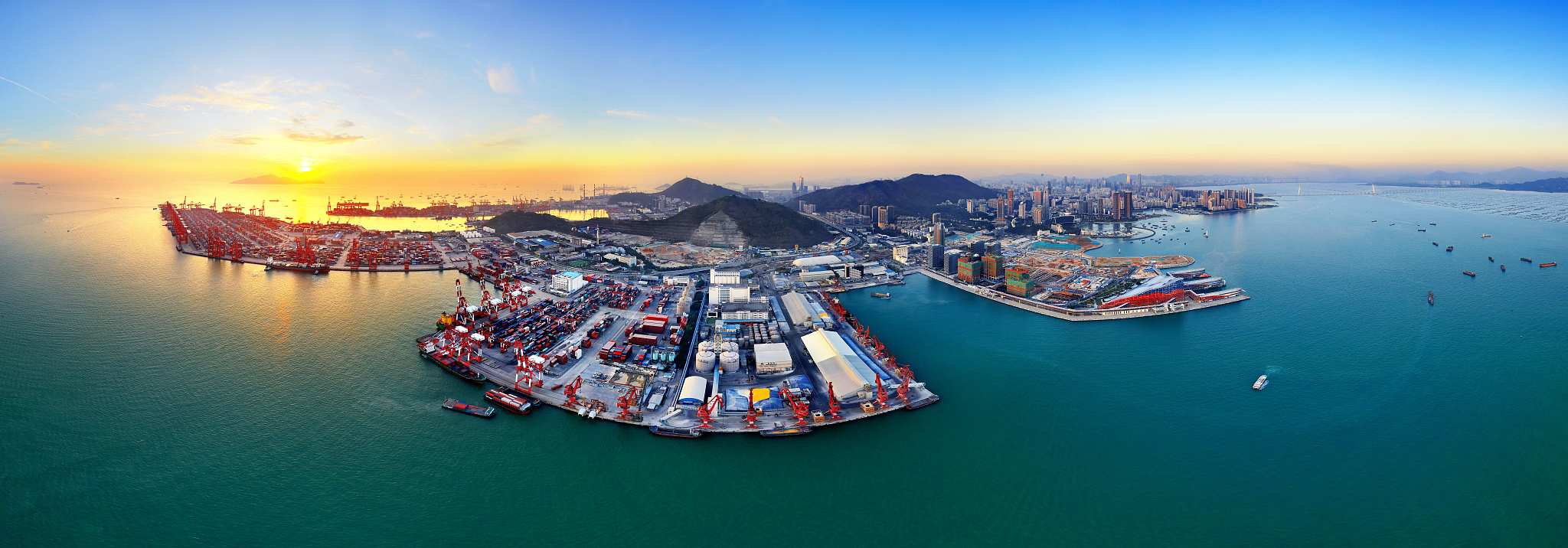At the intersection of land and ocean, a harbor stands as the sailor’s prime resupply station. Before the emergence of countless bustling ports, the success or failure of maritime adventurers was tethered to stretches of coastlines curving inland. The bay served as their strategic rear area. Even today, people still adhere to the ironclad rule that a good port must have a neighboring bay.
The majority of the world’s thousands of harbors are strategically located within bays. These areas, being the closest maritime areas to humanity, require three sides surrounded by land, and if the curvature falls short, it doesn’t meet the criteria for being a bay. This stringent criterion, a demanding measure of the water’s curvature, intertwines the ocean and the land, serving as a natural shortcut for humanity to access the open sea.

Shielded by the coastline, the energy of waves and tides diminishes rapidly within the bay. Tranquil waters are the norm, making sediment deposition conducive to beach formation and providing a stable base for human maritime activities. Here, one can find a wealth of marine resources, bestowing bays with considerable military and strategic value.
Around two millennia ago, a Chinese ancient text called Records of Foreign Culture in Funan Domain documented scenes of people from the neighboring state of Jin engaging in hunting and riding elephants. This is currently the earliest record in the world regarding the living conditions of the people around the Gulf of Siam. In the vicinity of today’s Gulf of Thailand, the ancient Chinese maritime explorers found respite and replenishment, dedicating considerable time to explore the surrounding countries. Various civilizations began to converge and collide in the tranquil Gulf of Siam, giving rise to the first station of the South China Sea Civilization – the Gulf Civilization, leaving behind a detailed testimony of cultural integration.

Today, with bays as a foundation, colossal seaports have been established worldwide, acting as hubs for the aggregation and distribution of economic and cultural resources from different regions. This has also given rise to prosperous urban civilizations in bay areas, making them the most open and vibrant vantage points in various regions. Endowed with nature’s gifts, the accumulation of civilization, and the influx of people, bays have become the optimal spaces for harnessing maritime potential, allowing humanity, yearning for connection, to find a sanctuary for the soul.

